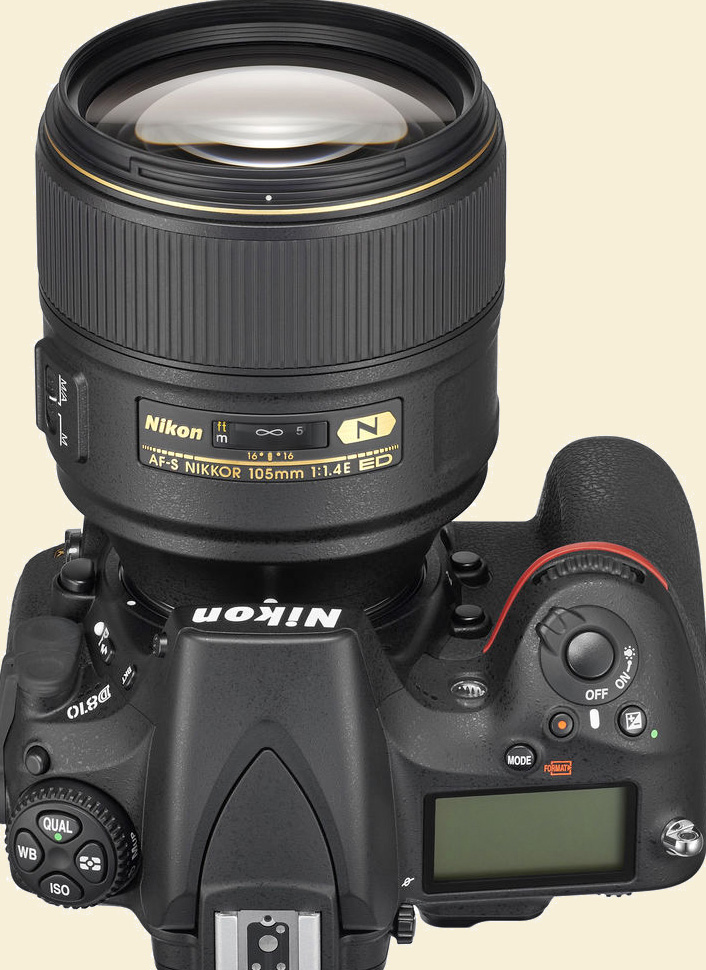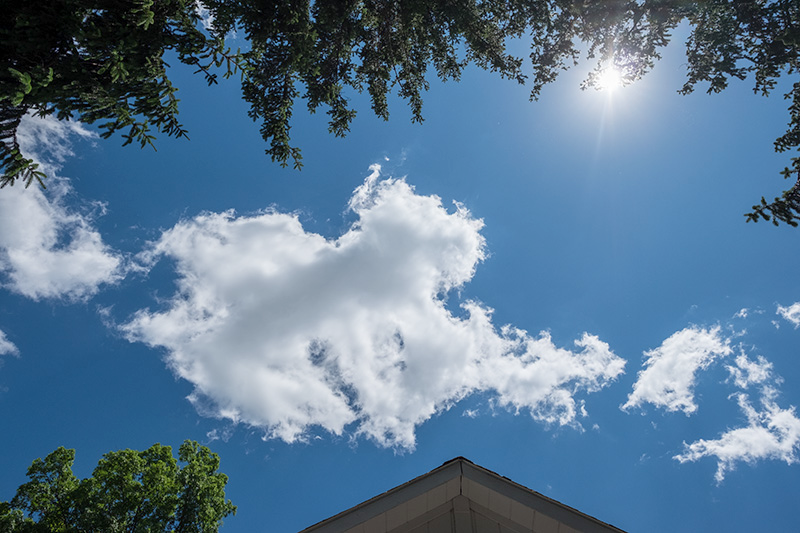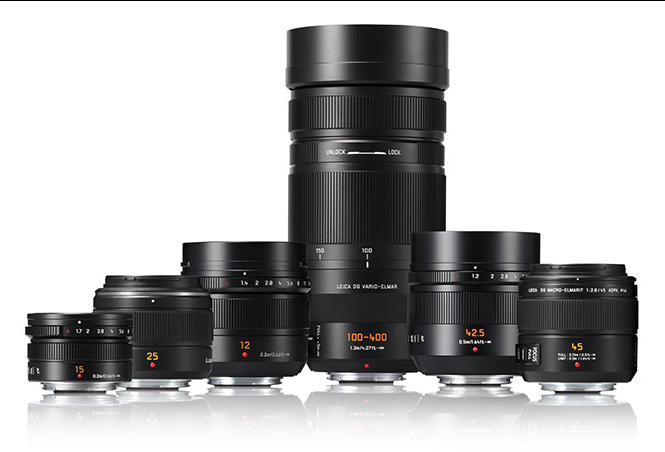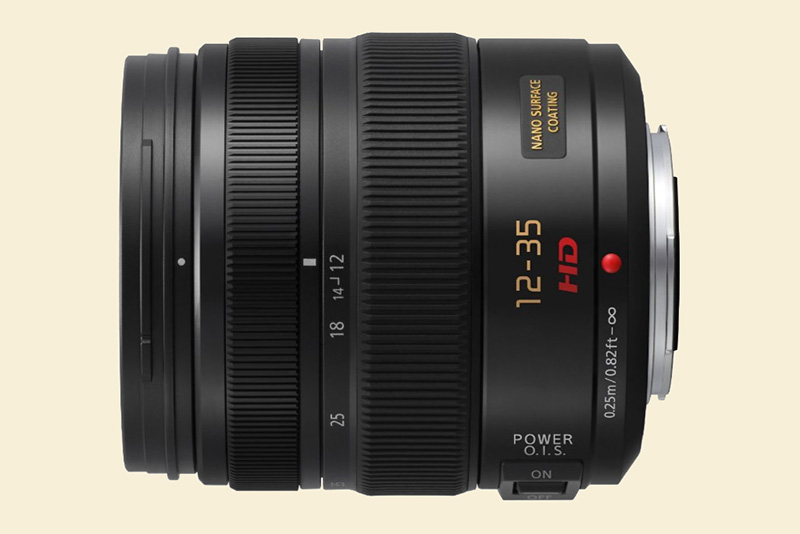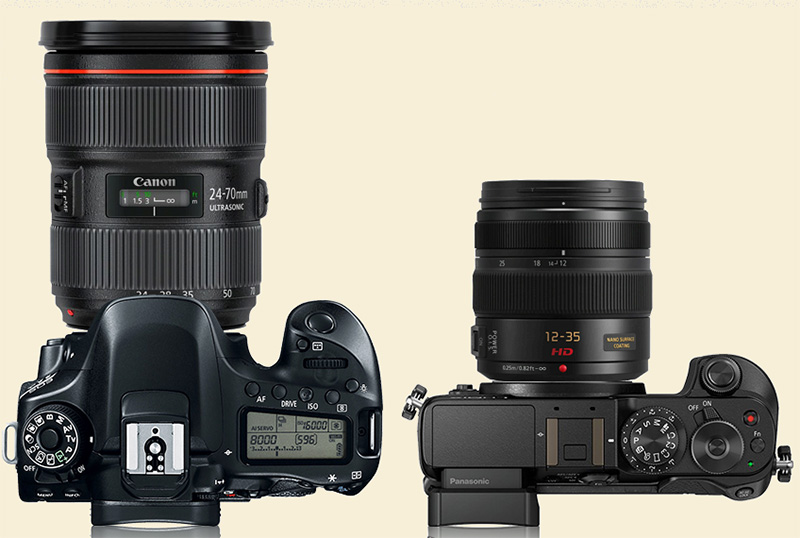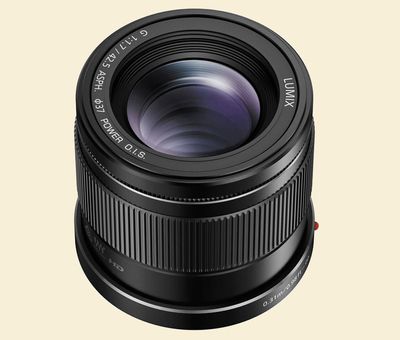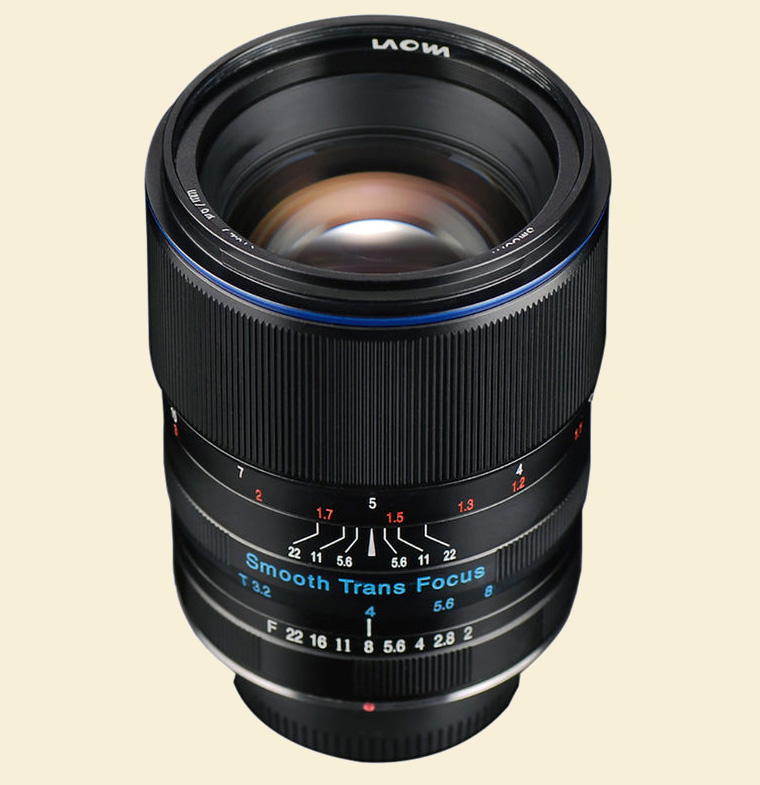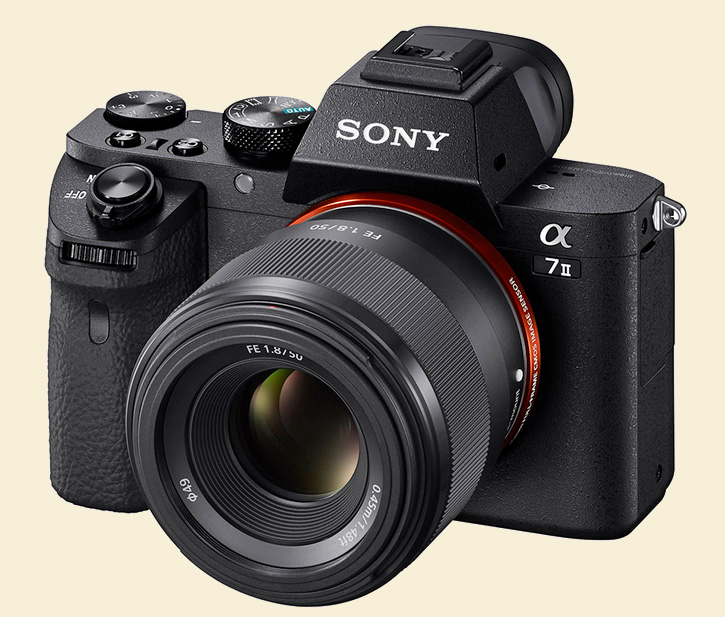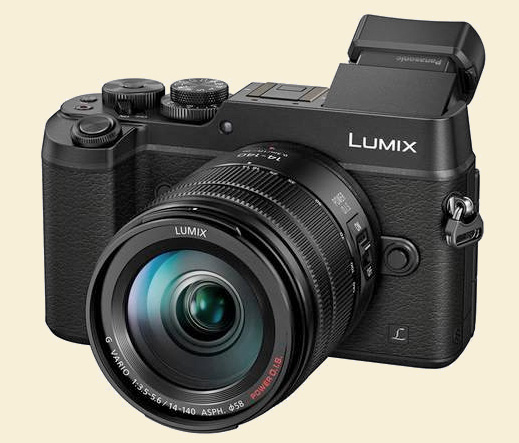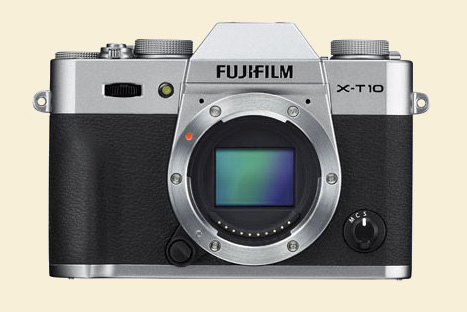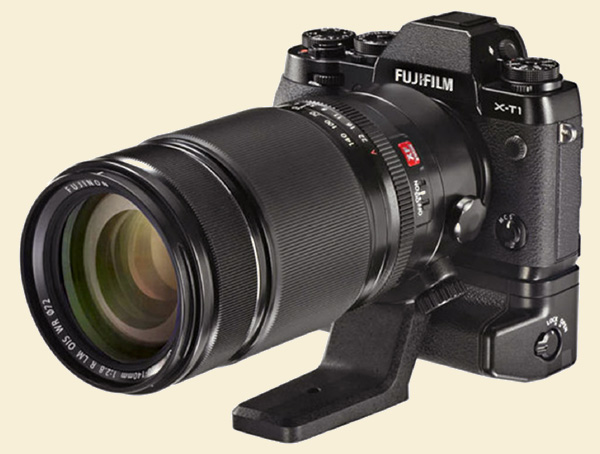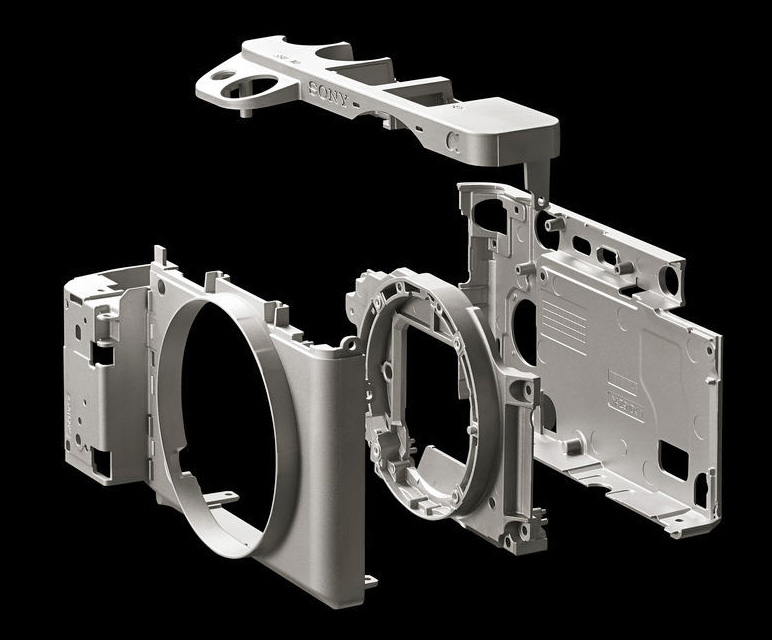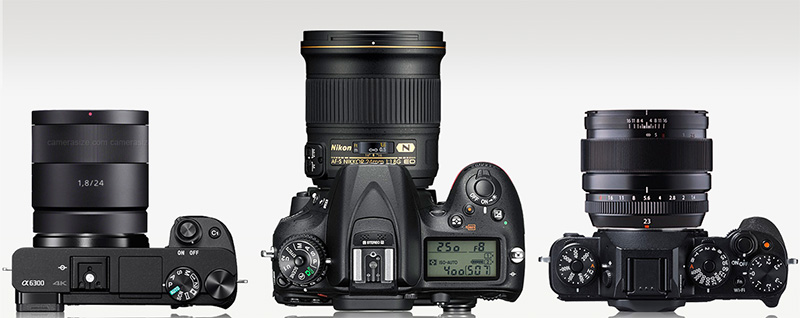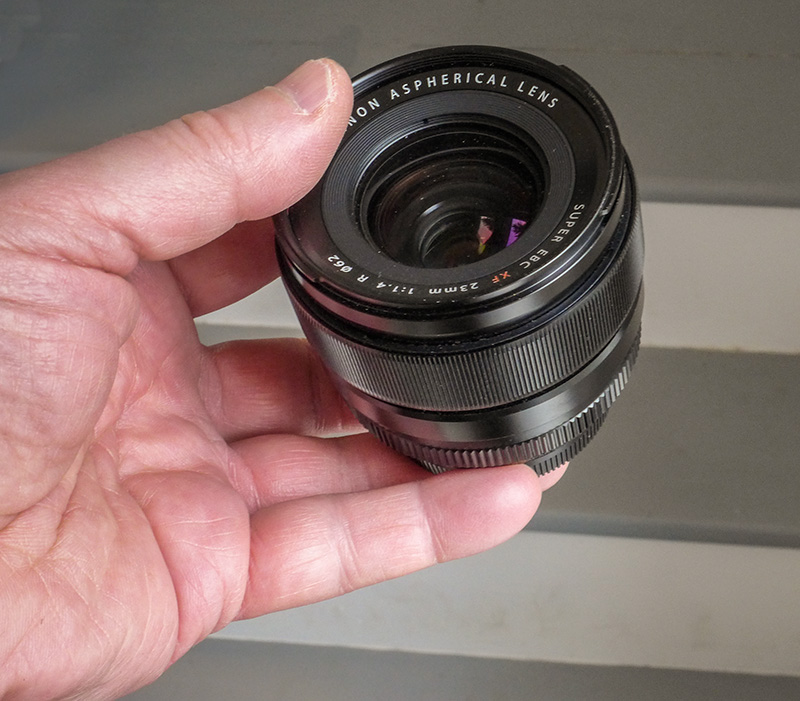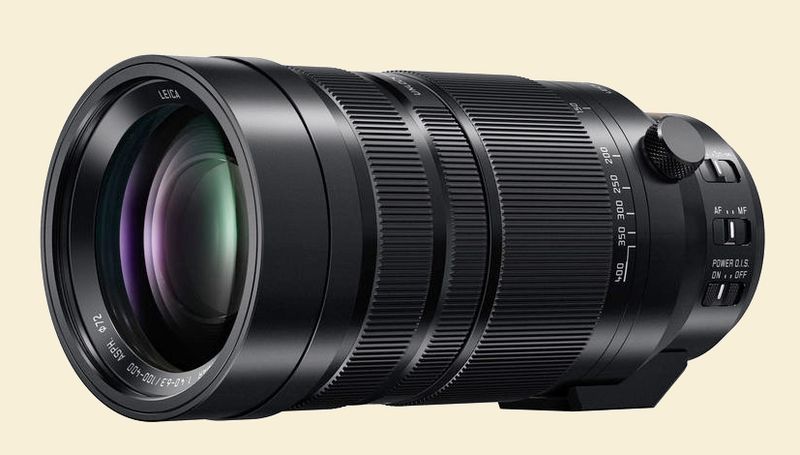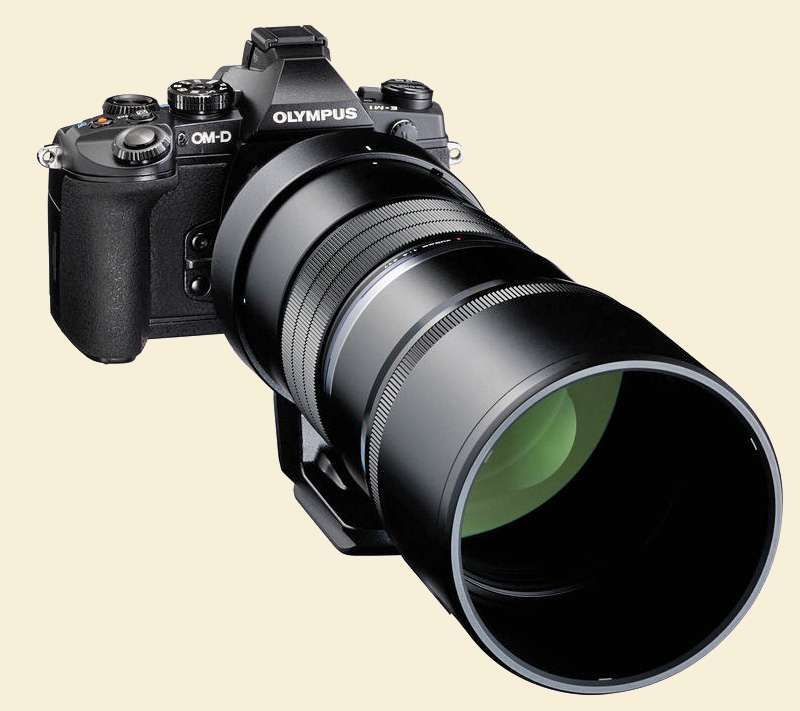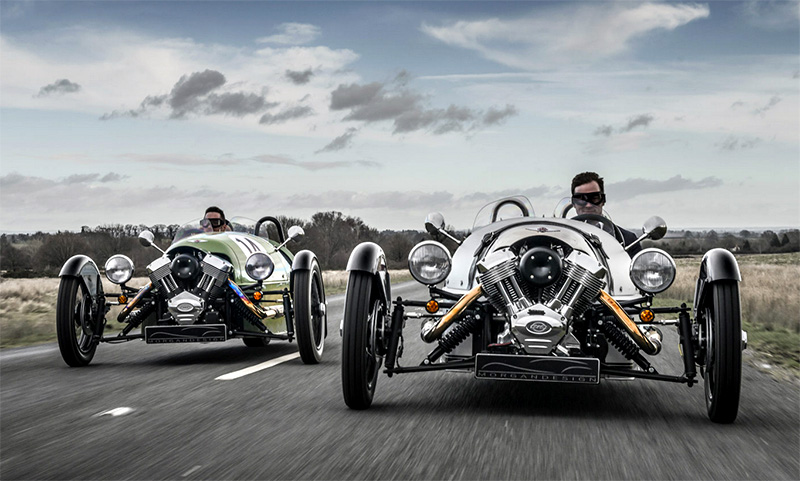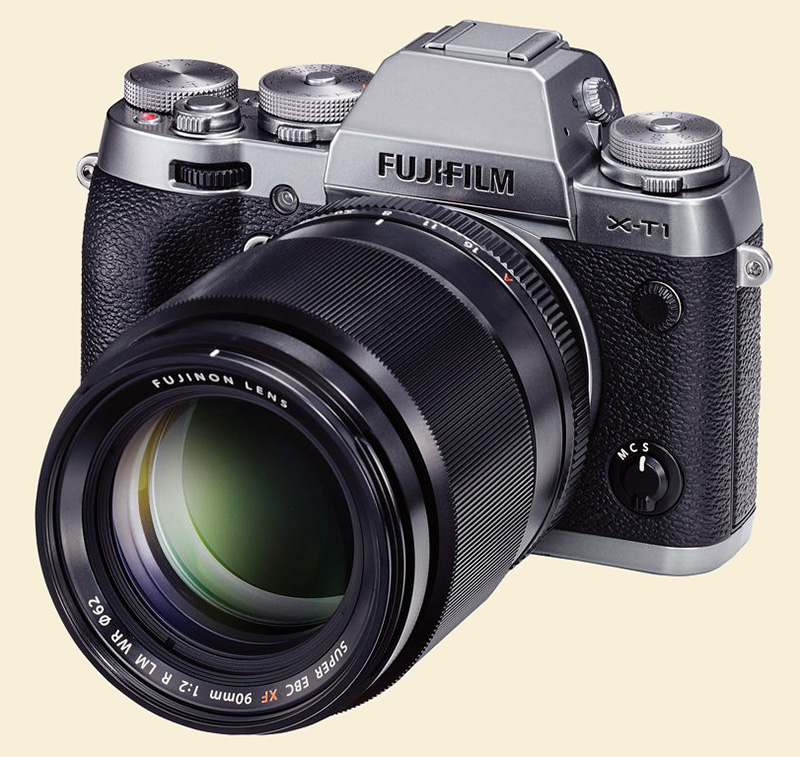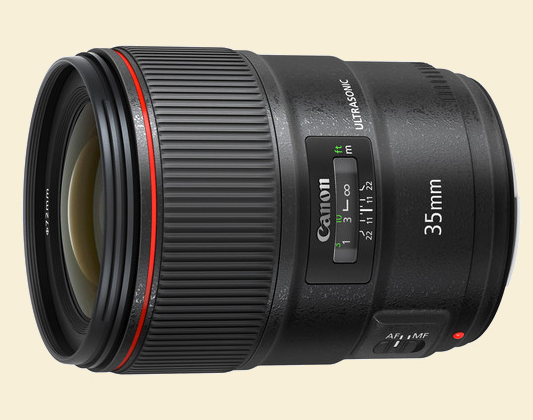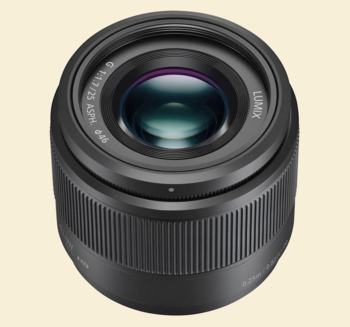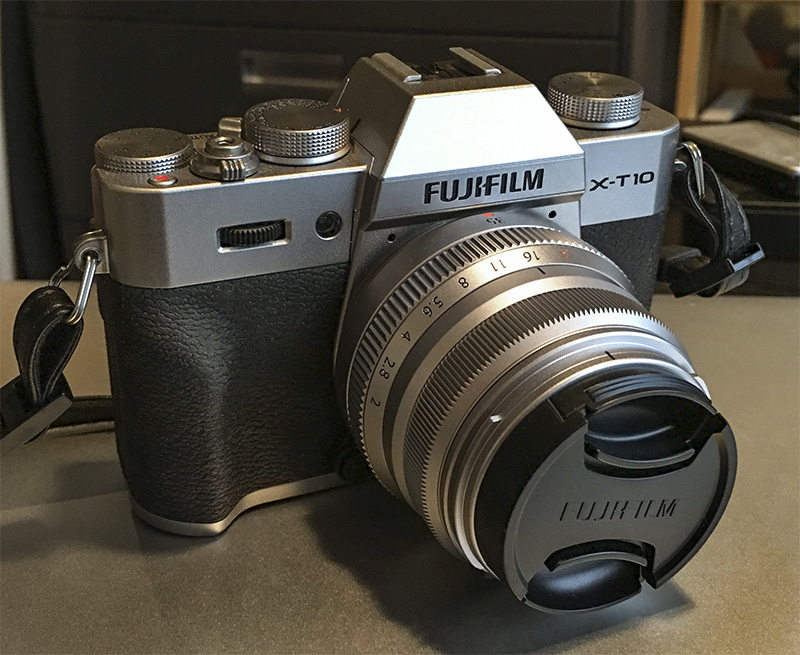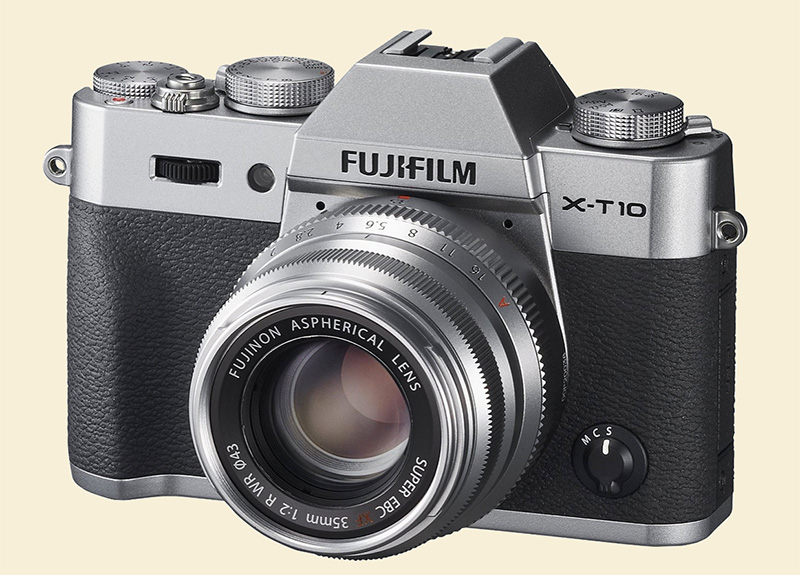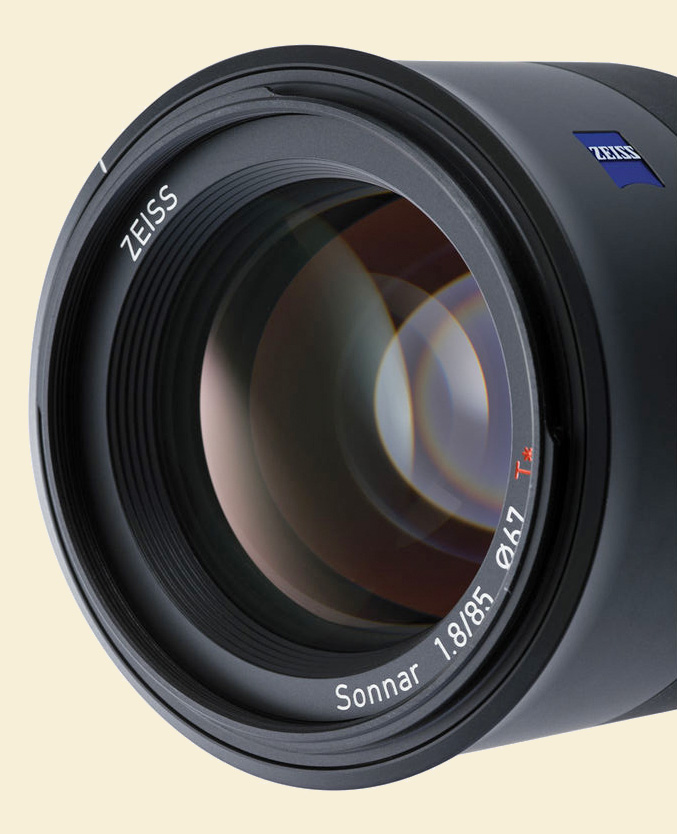The Sigma 35mm ƒ/1.4 DG HSM Art, which Sigma calls "our true flagship," is a third-party 35mm full-frame lens that is available in Canon, Pentax, Sigma, Sony, and Nikon mount. It is intended to be a premium-quality lens competitive with the best proprietary lenses, but costs only $900, which is a bargain compared to many other makers' best 35mm ƒ/1.4 options.
I recently had the chance to try two new 35mm lenses (long my "home," or most used, focal length—I've used an embarrassing number of 35mm and 35mm-e lenses over the years, many dozens of them), thanks to a loan from Roger at LensRentals, the leading camera and lens rental site. (Thanks, Roger.) The first was the Tamron SP 35mm ƒ/1.8 Di VC USD, which was plenty sharp but did not excite further interest. It seemed too big for its moderate speed, and I was not liking what I saw of the way it transitioned to o-o-f; also its IS did not seem to be working right in very dark conditions with the D750, something I could well believe was operator error (or focusing glitches) rather than equipment failure. If I had cared to, I might have tracked down the source of that trouble. But seeing as we were not hitting it off and since my time with these lenses was very tight, I set that one aside and opted not to review it.
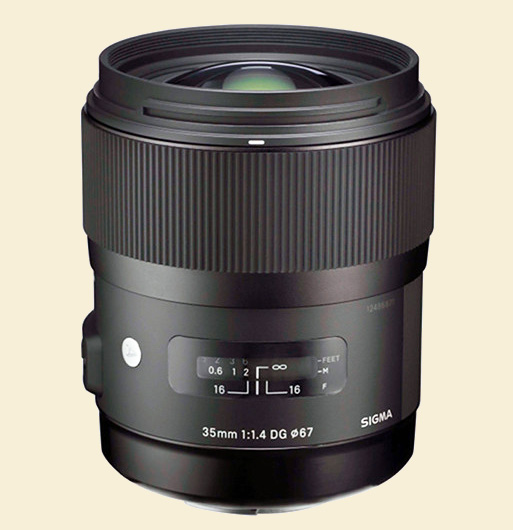
The Sigma 35mm Art was a different story. It put a smile on my face right from the start. I immediately settled into full lens-geek mode, exploring its properties, putting it through its paces, and happily admiring the results I was getting. I've developed a number of quick trials over the years that let me see quickly how a lens is behaving under a variety of conditions. Not only is there much more to a lens than "sharpness," but there are different kinds of sharpness! I look mainly at bokeh, since it's been years since I've tried a truly "unsharp" lens, but there are all sort of other properties hiding in plain sight, such as shadow contrast, curvature of field (to see about that, put a complex subject in the plane of focus and bring the focus forward—if you see different degrees of blur across the subject, chances are it's curvature of field), distortion, and several kinds of flare and veiling glare (which, really, you could "test" for months if you lived on a different planet where you had nothing else to do). And so on.
I liked the Sigma's kind of sharpness, though. It has a pleasing "look" with plenty of lens contrast [paywall] and is nicely consistent, with no detectable sharpness anomalies. I'll give you one example. I don't test for corner sharpness at the widest apertures, for the simple reason that there are usually only two reasons you use the widest apertures, namely that you don't have enough light, or you want things to be blurry; corner sharpness is just almost never an issue at open apertures in practical use. But I do take a look at corner sharpness at smaller, normal shooting apertures.

Take a look at that tenacious red apple in the upper left (this is from the A900, which has a nicer, brighter viewfinder than the Nikon D750):

You can just barely make out a little CA in the full file, but there's nothing wrong with this lens in the corners. If that isn't sharp enough for anybody, they don't need a different lens, they need their meds.
Flare
To single out one of my trials...the only real problem I encountered with the Sigma was with flare with the sun at the edge of the frame. Coatings have gotten so good these days that many lenses can handle this kind of thing with aplomb. Most often, flare trials leave me feeling a quiet wonderment for the state of technology in this regard. (Everyone should photograph with an historical uncoated lens for a while just to appreciate where we are now. It'll do for your appreciation of lens coatings what sleeping in a tent does for your appreciation of your nice mattress and box spring and a temperature-controlled environment underneath a snug roof.) And for the most part the Sigma does well enough; I didn't have problems with specular sunlight glittering off the lake or with indoor light sources. But...
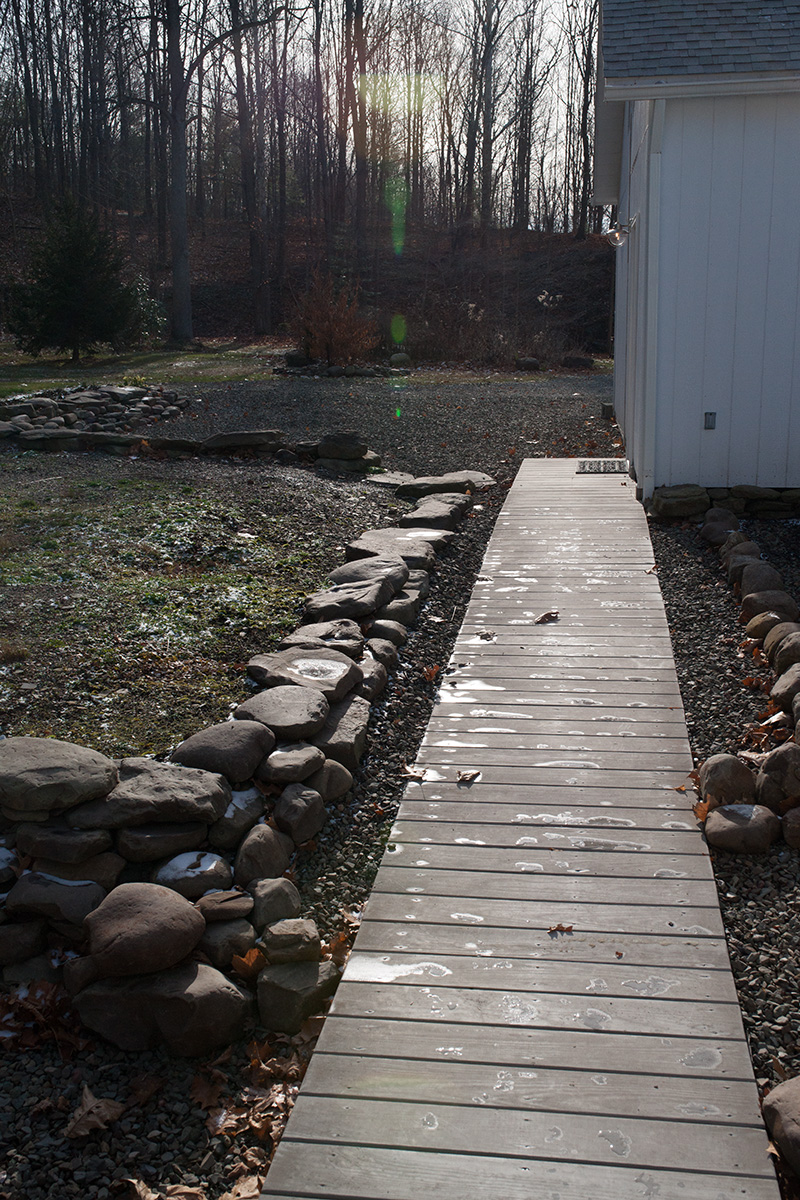
...Uh-oh! Here's something I haven't seen in a while: big, obvious "drip" flare ghosts with the sun just out of the edge of the frame. A case of back to the past, a bit...with '70s lenses, playing with direct sunlight was like little kids pressing on their eyelids to see all the pretty colors (note to little kids: stop doing that). You just waited for all the strange surprises, all the fantastical and alarming blobs and streaks and pretty colors.
At the same time, note the distinct lack of veiling glare. There's nice lens contrast in those rocks at the lower left (take my word for this, I'm looking at the full file and you're not), and the lens is holding detail everywhere. Seventies lenses would be unlikely to match that.
As a side note, it's generally not large optical flaws and errors that trip up most pictures...it's small ones photographers are not quite aware of. Slight motion blur or slight misfocus can very subtly degrade image quality even when it's not easy to put your finger on what's wrong. Same with veiling glare...it can just cut contrast a bit and make a picture lose its magic, often without the photographer being aware of what's wrong. I can't say for certain—I'd have to use it for a longer time—but I would guess the Sigma Art has got your back where this is concerned.
You have to learn any lens you use, to be able to anticipate surprises and identify the situations where it might let you down. This specific kind of flare ghosting is what I'd most watch out for with the Sigma Art. Curiously, I wasn't able to find flare problems in most other situations. It passed the window test, for example (shadow contrast when there's a large area of bright light just outside of the field of view), and that's one of the trials that the beautiful old Mandler-designed Leica 35mm Summicron-R, to name one, fails. And my current all-time favorite* among 35mm (and equivalent) lenses, the Zeiss 24mm ƒ/1.8, makes garish stars out of lights in the frame. With any lens, you come to know its strengths and weaknesses and can shoot accordingly.
O-o-f blur
Bokeh (out-of-focus blur) is not super-important with a 35mm lens either. Because of the wide-ish field of view, usually you're shooting to get everything in focus, perhaps excepting some inconsequential not-very-blurry far-background stuff. But bokeh bugs me, and I've got a bit of a "golden eye" problem** where it is concerned.
The news is both mixed and also good. Say what? Well, when "stressed," which you do by putting the focus relatively close and having complex, high-contrast subjects in the deep background, the Sigma Art does not look too good. It doesn't actually behave poorly, in the sense of having bright-ring highlights, but it's not attractive, either.
The saving grace is that that's not the sort of thing you commonly encounter when using 35mm lenses.

High contrast subject matter far back of the plane of focus is usually the toughest test for a wide-angle or normal lens. The Sigma is not
poor but also not pretty.
On the good side, the news is good: the sort of bokeh you will encounter a lot with 35mm lenses is near bokeh from wider apertures at closer distances, and in such cases the Sigma comports itself beautifully. I'm not sure I'd use this lens just for the bokeh (I'll break down and confess my utter dweebishness here, which is that I do own several lenses I just use when I get a hankering to wallow in beautiful bokeh), and there do exist situations that you do have to be on the lookout for. But for the most part I think this lens does very nicely with the kinds of o-o-f you're most likely to encounter with a 35mm in real shooting. Which happen to be just the sort of shots where other fast 35mms let you down. I've gotten rid of lenses for that sin. I'd keep the Sigma.
In short
Sigma's designers and engineers set out to make a world-class lens that can stand alongside the world's best without apology, and I'd say they succeeded. It doesn't feel or behave like a lens made to a price-point.
Mainly, if you like sharp, then this lens, you will like.
But that's not all. This is a very well-balanced 35mm all-purpose lens, with excellent properties and a coherent, cohesive across-the-board performance (sun-in-the-frame flare being the only glaring—pardon the pun—exception). I used the lens on two full-frame cameras, the older Sony A900 and the newer Nikon D750; and I'm quite familiar with the competition from makers such as Canon, Nikon, and Leica. This lens consistently pleases with a high degree of sharpness, just the right lens contrast, and a fine and tractable consistency across the field and up and down the aperture range. I'm hard to please, and I liked this lens a lot. It just does most of the many things I want a wide-normal to do, and does them in a way that I find good to look at.
It's not just a failure to offend which defines its goodness, though—in most cases I found it a lens that actively pleases the eye. Looking at pictures made with the Sigma Art made me happy. Given its solid but ultimately reasonable size and especially its surprisingly advantageous price, this would probably be my top pick as my main lens, if my main camera were any of the full-frame DSLR brands that Sigma makes mounts for.
It's that good. In short, maybe just shy of a total home run due to the identified shortcomings, but a good strong bases-loaded triple with three RBIs. For the price especially, it can't be beat. But even where price is no object, it's a contender. Cheers and high-fives from me.
Here's the Sigma Art from B&H Photo and here it is from Amazon.
Mike
P.S. Thanks again to LensRentals for the equipment loan.
ADDENDUM: Here's more or less the same "trial" shot taken with the Zeiss 24mm ƒ/1.8 E-series lens on the NEX-6. Lens hood off, sun just outside the frame area, sunlight striking the front of the lens directly.

*Although when you really love lenses, naming one favorite is like naming one favorite song...there are lots of good ones, and in many cases each can be appreciated for different reasons.
**Adapted from the term "golden ear" in audiophilia, the compulsion to obsessively identify reproduction faults inaudible to most people who are just listening to the music.
Original contents copyright 2016 by Michael C. Johnston and/or the bylined author. All Rights Reserved. Links in this post may be to our affiliates; sales through affiliate links may benefit this site.
TOP's links!
(To see all the comments, click on the "Comments" link below.)
Featured Comments from:
Carsten Bockermann: "After trying this lens I immediately sold my 35mm ƒ/1.4 AF-S Nikkor and never looked back.
"At least not to the Nikkor; in situations where nice bokeh is really important, I prefer the 35mm ƒ/1.4 Zeiss ZF.2."
Mike replies: Another fine 35mm. I prefer the ƒ/2 (discontinued now) but only because of size and weight.
Shubh Mohan Singh: "Excellent piece, I too am a fan of 35mm lenses and I recently tried out the Samyang 35mm ƒ/1.4. Quite liked it other than the fact that it is difficult to get the manual focusing right on the modern DSLR viewfinders."
Kusandha Hertrich: "Thanks for this great review. You've given me some good insights in to how to test my lenses here."
Mike replies: Someday I should just do an article about how to test lenses using pictures. I've been saying that for years, though.
adamct: "Where are the test charts? You can't review a lens without test charts. It's like walking and chewing gum at the same time: it simply can't be done.... :-)
"P.S. For what it's worth, standardized objective tests have a very important role to play in evaluating equipment. Still, it's a nice change of pace to have a review from a respected voice who is clear about his biases and evaluates a lens based on experience, rather than solely based on lab tests.
"P.P.S. I don't mean to imply that anyone who includes lab tests in their review doesn't do any real-world testing.
"P.P.P.S. What I really meant to say was: 'Thanks, Mike!'"
Robert Harshman: "The Sigma Art series 20mm ƒ1.4 and 50mm ƒ/1.4 are also great bargains and extremely good lenses. I have all three. Great value and the 20mm ƒ/1.4 is suppose to be the widest ƒ/1.4 ever."
